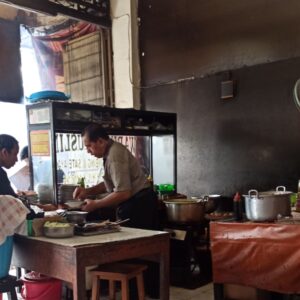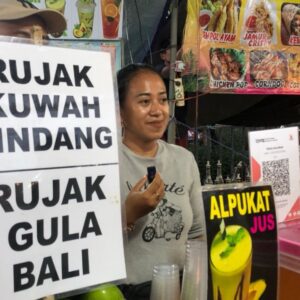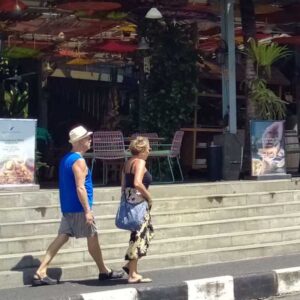Bima –
Oha Mina and Oha Santa are two traditional foods typical of Bima, West Nusa Tenggara. Two foods made from glutinous rice are usually served during religious celebrations and social events in the area. Including when residents held a prayer before leaving for the pilgrimage to welcome Ramadan.
Bima historian, Fahru Rizki, explained that Oha Mina came from two words in Bima (Mbojo), namely Oha which means rice and Mina means oil. Meanwhile, Oha Santa comes from the word oha which means rice and santa means coconut milk. The two snacks are usually used Jangko or gift gifts.
“When the prayer departs for the pilgrimage, prayers to welcome Ramadan, circumcision, and marriage in Bima, Jangko Oha Mina and Oha Santa, still always there,” Rizki told detikbalinot long ago.
Advertisement
Scroll to Continue with Content
Rizki said that Jangko Oha Mina and Oha Santa initially also showed the social status of residents who had a celebration. According to him, Oha Mina was originally only found during the Bima Sultanate Palace family.
“While Oha Santa is from the general public. If now, there is no difference,” he added.
Rizki said Oha Mina and Oha Santa began to be known in Bima since the 19th century. At that time, Oha Mina was only made in the internal Palace of the Bima Sultanate. Since the 1960s, Oha Mina began to be widely known and could be enjoyed by Bima residents in general.
“Oha Mina and Oha Santa, known as Bima residents, are currently inseparable from the influence of religious traditions or rituals from the Makassar region, South Sulawesi,” he said.
Jangko Oha Mina and Oha Santa are both made from steamed sticky rice raw materials. Meanwhile, making OHA Mina using sticky rice mixed with special oil, sliced liver or meat, and spices.
Meanwhile, the process of making Oha Santa is simpler. Glutinous rice is mixed with coconut milk and salt water.
“Oha Mina is made special and sacred. If Oha Santa is made ordinary,” he said.
Rizki explained that Oha Mina was found in the Sultanate’s family to be more special because her mixer was only a specially appointed female cook. In contrast to the making of Oha Santa which is usually made by Bima people in general.
“This Oha Mina mixer must master the special prayers that are read when concocting Oha Mina and not in menstruation,” he concluded.
(IWS/IWS)






